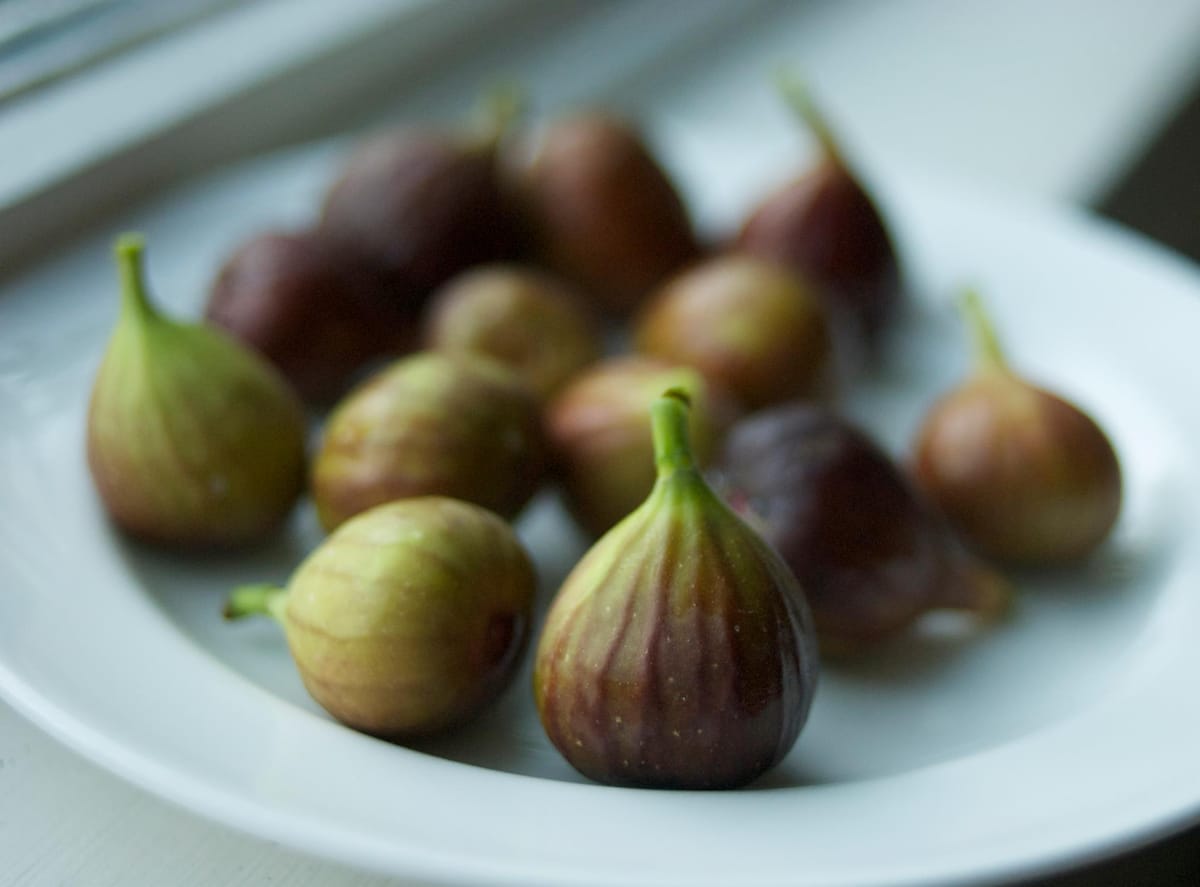Neighbors In The News: Nelson Ryland On This Year’s Lifeless Fig Trees


Comment after comment, they agreed: The fig trees, from Brooklyn to Queens and the Bronx, were dying in record numbers. On the Figs 4 Fun forum, they consoled one another over lifeless trees; fig growers from New York to Pennsylvania encouraged one another and hoped for happier times ahead.
Lovers of the late summer fruit were alarmed – and for good reason. Fig trees – many of which found their way to Brooklyn via Italian immigrants – are often known as relatively easy to care for, and they made a remarkably successful transition from the Mediterranean climate to what can be brutal northeast winters. This winter, however, proved particularly disastrous for the trees – something a number of people lamented in a recent New York Times article, including neighbor Nelson Ryland, the founder of Flatbush Fig Farm.
By late spring, Nelson Ryland knew that something was wrong. Normally, the fig trees in his backyard in Ditmas Park, Brooklyn, would be plush with verdant leaves and sending up sprays of new branches. This year, though, while the Bronx seedless grape vine, the hydrangea bushes and the black-eyed Susans in his garden flourished, his eight fig trees stood stark and lifeless.
As the founder of Flatbush Fig Farm, a small side business he has run with his three young sons since 2011 selling fig cuttings to gardeners across the city, Mr. Ryland, a film editor, had cause for concern. About 95 percent of the 200 cuttings he took in December — foot-long branch clippings he incubates in glass jars spread like a makeshift urban jungle inside his Victorian-style home — had withered or were severely damaged, victims of early cold weather.
“Normally, if you change the water regularly, 100 percent of the cuttings should survive,” he said. “It is a no-brainer. This year they all just started dying.”
And it wasn’t just Nelson whose trees were standing bare at an alarming rate – among others, Brooklyn Botanic Garden too told the New York Times that of the 17 fig trees there, four had died.
With the arrival of summer’s heat, fig owners are reporting that the trees – which Nelson has pointed out are incredibly resilient – are recuperating. Still, it seems unlikely that the gorgeous purple and green fruit will be available in any kind of abundance in the city – at least, from growers in the region.
And at Brooklyn Botanic Garden, Maeve Turner, the herb garden curator, said: “Thanks to the warm, sunny weather in late June and early July, our trees are rallying. But they are focused on rebuilding their leaves and branches, so I doubt if we will see any actual figs this summer.”
As for the future of the fig trees of places like Ditmas Park, Bay Ridge, Carroll Gardens, and Astoria? Some have said they will take up the practice of wrapping fig trees in burlap or old carpets to protect them from winter’s sleet and snow. But Nelson is urging all us lovers of the fruit to take heart: One bad winter can’t keep down these trees.
“I have seen how tough fig trees can be,” he told the Times.
From the article:
When he first moved into his house in Ditmas Park 10 years ago, he surveyed the backyard and found “a very dead-looking, unknown tree.” He chopped it down. The next spring, it sprouted from the stump and produced juicy figs the next summer.
“Unless it becomes clear that New York is getting colder again, I do not see the need,” Mr. Ryland said. Meanwhile, a few tiny fruit buds recently appeared on his oldest and most established tree — the same workhorse he cut down a decade ago. “We probably won’t get as many figs as usual,” he said. “But it is a promising sign.”
Photo via Flatbush Fig Farm.




